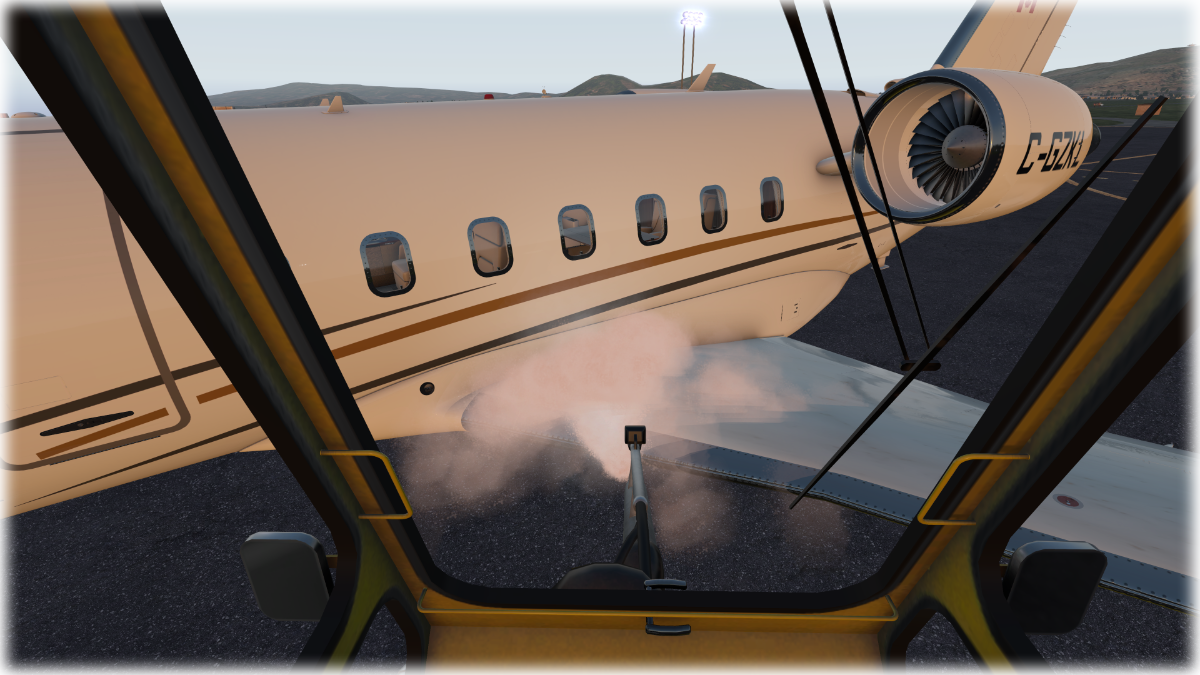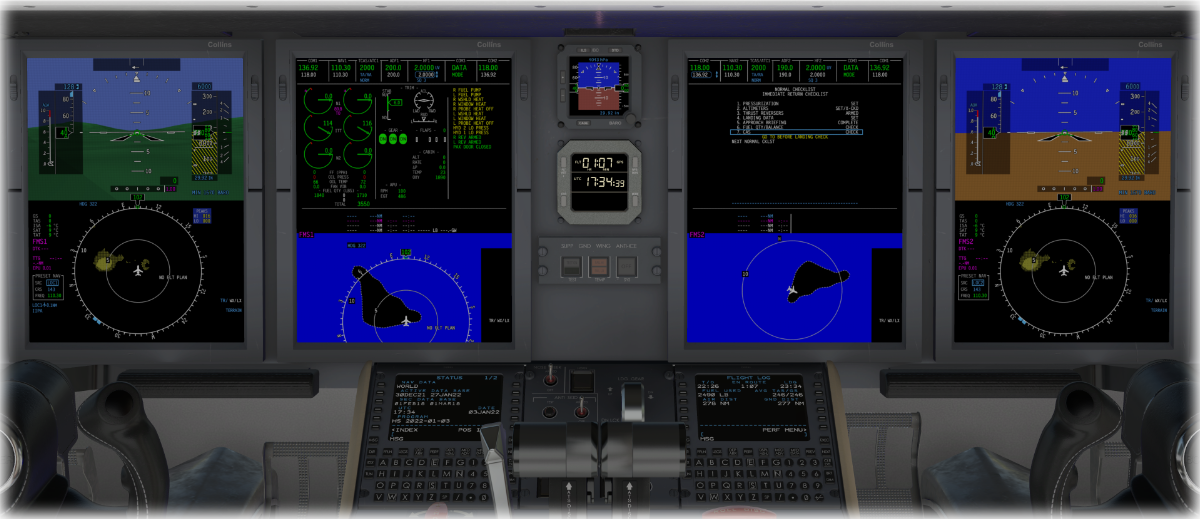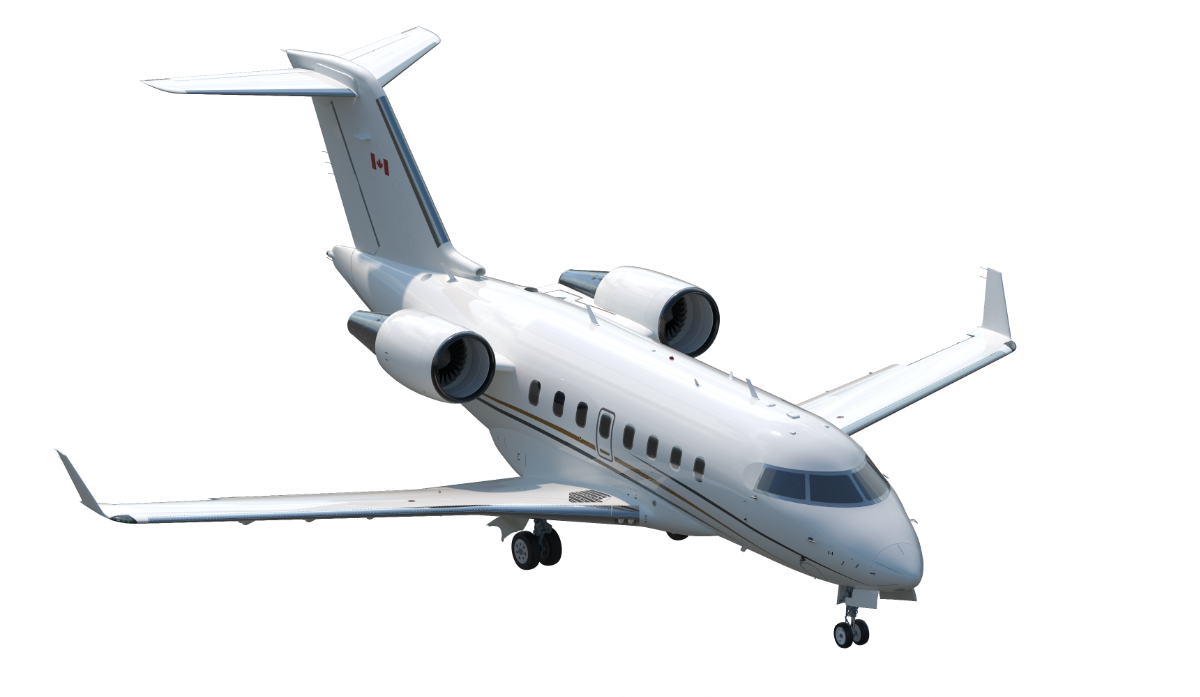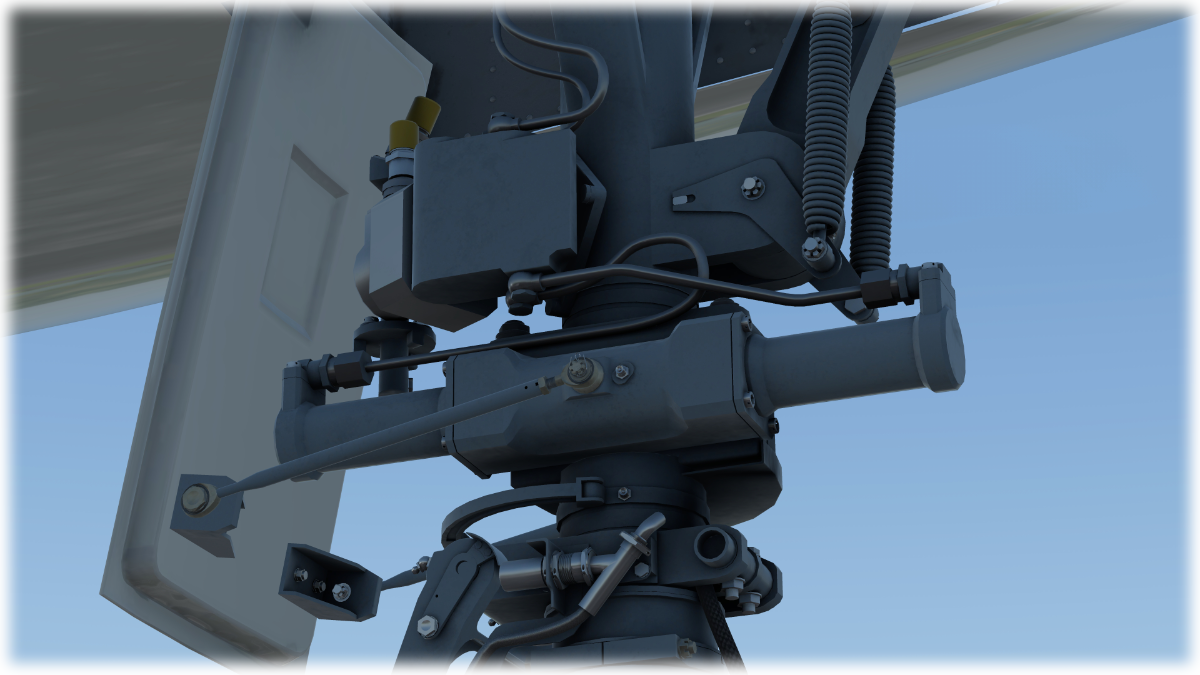Challenger 650
Welcome to a whole new level.
scroll to learn more
Game changing.
Are you ready for your "Wow!" moment?
The Take Command!: Challenger 650 by Hot Start is not just a simulated aircraft, but an experience. There's never been a flight simulator add-on like this seen before, and we're really proud
to bring it to you. From the moment you load up the aircraft in X-Plane, you begin living your corporate pilot career. You'll experience interactions with FBO staff, fuelers, and
even have full access to the FBO for pre-flight duties. You have the option to do a 'Training' mode for quick 'get in and go' situations, but 'Career' mode is a lifelike pilot experience that requires
the time and attention real pilots deal with. You'll need to fill out fuel orders, consider de-icing (even ride in the de-ice truck if you like), use the briefing room to get your flight plan sorted out,
interact with the fueler, and deal with FBO staff to co-ordinate the arrival of your passengers. You've never experienced anything like this in a flight simulator before, and we know you'll fall in love with the depth of this product.

Take a ride in the de-ice truck. You know you want to.

The X-Aviation Take Command! branding represents the very best of flight simulation immersion, and assures you this product is one of the most sophisticated, study sim level aircraft available for X-Plane! Real world pilots test and assist in the
development of these products, and real world procedures are followed. It tells you these products are unlike any other product you've seen outside of the ever growing X-Aviation catalog! Want to feel like a real captain? Take Command!
Architecture
No shortcuts taken.
From very early on, we were clear about one design aspect of the CL650 project: there were going to be no shortcuts taken on the systems and avionics architecture. Anything the avionics and systems learn about the "outside" world, they
need to do over properly simulated sensors. These sensors aren't necessarily linked to downstream consumers either.
One of the most common methods of data transmission in aircraft is over a serial bus called ARINC 429. We've simulated over 300 ARINC 429 data buses between various systems, each of which is really present in the real aircraft as well. Every piece of information that a
system sends out over a serial bus is first formatted into a data word, placed on the bus and asynchronously sent over to its receivers. Some downstream data consumers do not have direct links to the sources of the information. In those cases, data is first passed
through a network of data routers.
As an example, consider the transponder. It needs the current pressure altitude of the aircraft, but it doesn't have a sensor to measure this. It must rely on the data from the redundant Air Data Computers (ADCs). The ADCs continuously send out the current pressure
altitude in one of the ARINC 429 data words over their output buses. This data is received by one of the 4 input-output concentrators (IOCs). The IOCs then aggregate the data and forward it on to various other consumers. To facilitate fault tolerance, the transponders
receive multiple input links from the IOCs and pressure data from both ADCs. They are able to switch between ADC sources, depending on pilot selections, or fault status of a respective ADC.
So when we emphasize that, architecturally, the model is built like a real plane, we really mean built like a real airplane. From the point of view of the software running in those simulated computers, they really are processing real flight data, received with realistic
signaling delays, precision errors and potential for faults.
3D Detail
Exquisite attention to detail, because unnecessary is the new necessary.
3D geometry was used to recreate details such as the downlock assist springs, and even the split pins used to secure safety-critical fasteners in place. This level of detail isn’t achieved at the cost of performance. We make extensive use of the “object-kill”
functionality in X-Plane, where we eliminate objects that would otherwise be invisible. For example, when you are inside of the aircraft, we eliminate most of the exterior objects entirely, avoiding the GPU rendering toll, as well as the CPU cost associated with
sending out the draw calls for these objects.
Avionics
Fly the Pro Line 21 Advanced Suite.

Taking advantage of modern graphical horsepower, we've reproduced the visuals down to being able to discern individual pixels on the screens. It's mind bogglingly good.
The avionics are actually separated out into individual computers, each running independent of each other. Each computer runs in its isolated thread and can only exchange data with other
computers via simulated serial data buses. When an avionics component wants to communicate, there needs to be a real data bus connecting the two, and data needs to be serialized and deserialized
from the data bus. So there really are 3 independent FMCs, communicating in real time with each other, sending screen outputs to the separate CDUs, and a myriad of other simulated computers.
There are well over 50 independent computers running, each handling one aspect of the aircraft’s operation. As far as they’re concerned, they’re really flying an aircraft. As real as it gets!

An example of being able to see pixels on the FMS display.
Physics
A proper physics simulation rounds off this product nicely.
At Hot Start, we strongly believe that the best way to reproduce a system and its most minute behaviors, is to start from first physical principles. Real aircraft operate within our real laws of physics. They don't simply iterate a table of values to show on a display,
or throw a warning when told to do so. They are real machines and therefore must operate within real boundaries.
To replicate all these details, we've built the Hot Start Challenger from the ground up using core physics simulations. The engines cannot produce thrust, except by taking energy in fuel and transforming it into heat energy in their exhaust gases. The electrical system cannot
simply invent electrical power - it must be fed by a generator and the power flow must be exactly balanced. The generator produces only exactly as much as the downstream components demand. The generator itself cannot invent energy out of nothing. It generates a mechanical drag
on the engine core which drives, and the engine must in turn burn a bit more fuel to satisfy this demand.
The entire simulation is held together, like a house built up brick by brick on a solid foundation. And although it might seem like magic, we provide all the study windows and internal status displays for all physical components of the aircraft, so you can see that there's no
sleight of hand going on. It really does do what it says on the tin!
Now Take Command and start your Challenger 650 pilot career!







